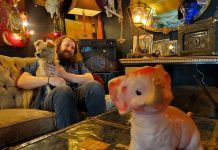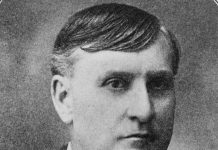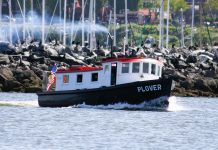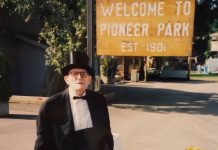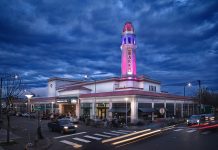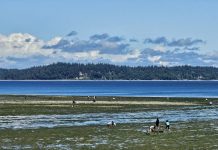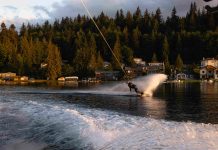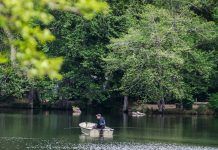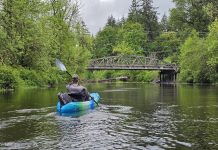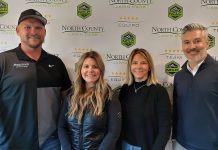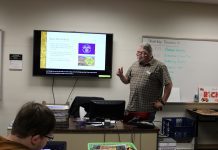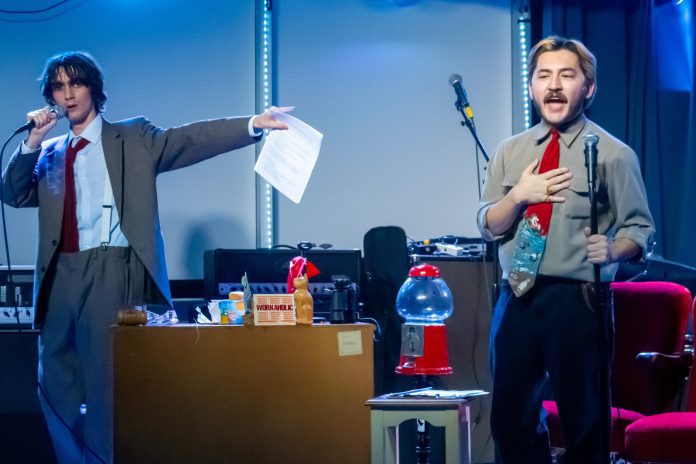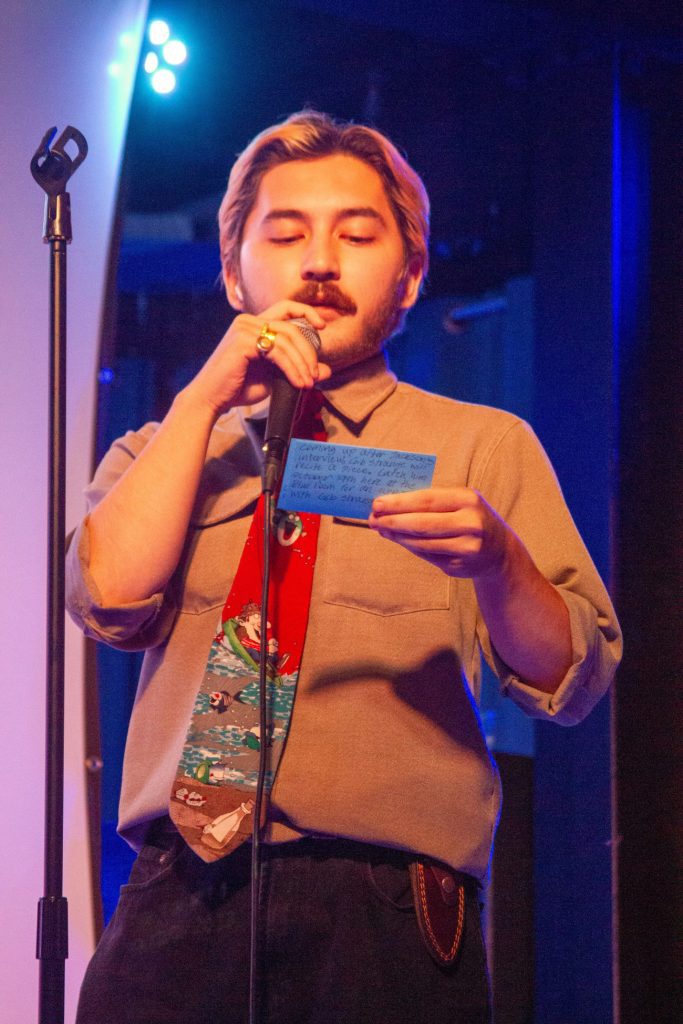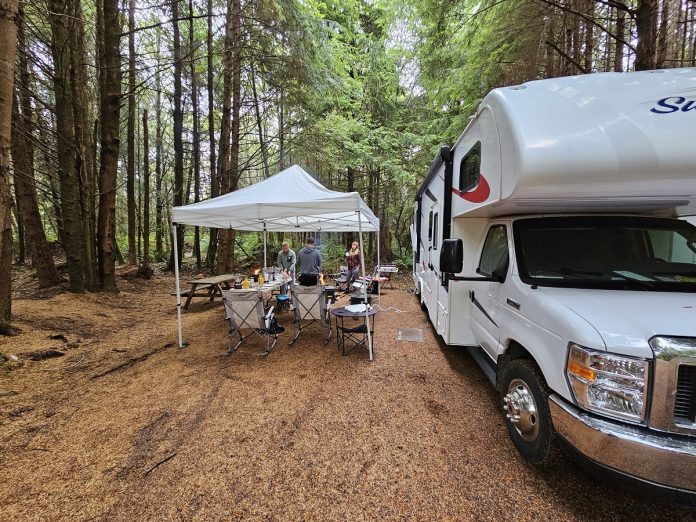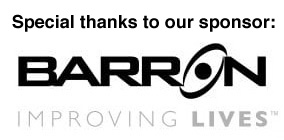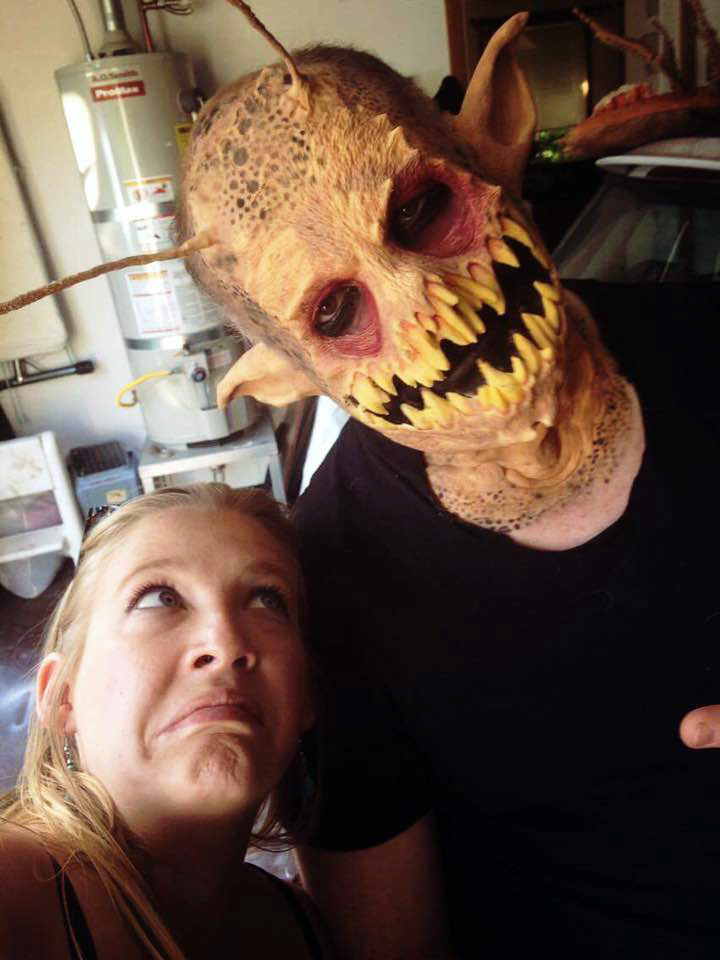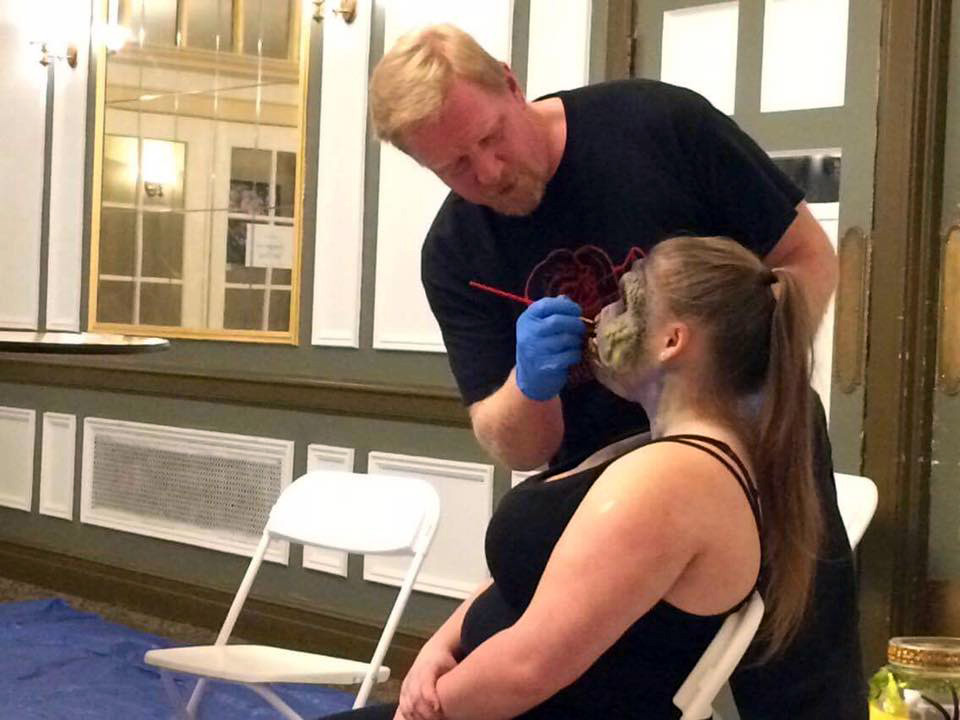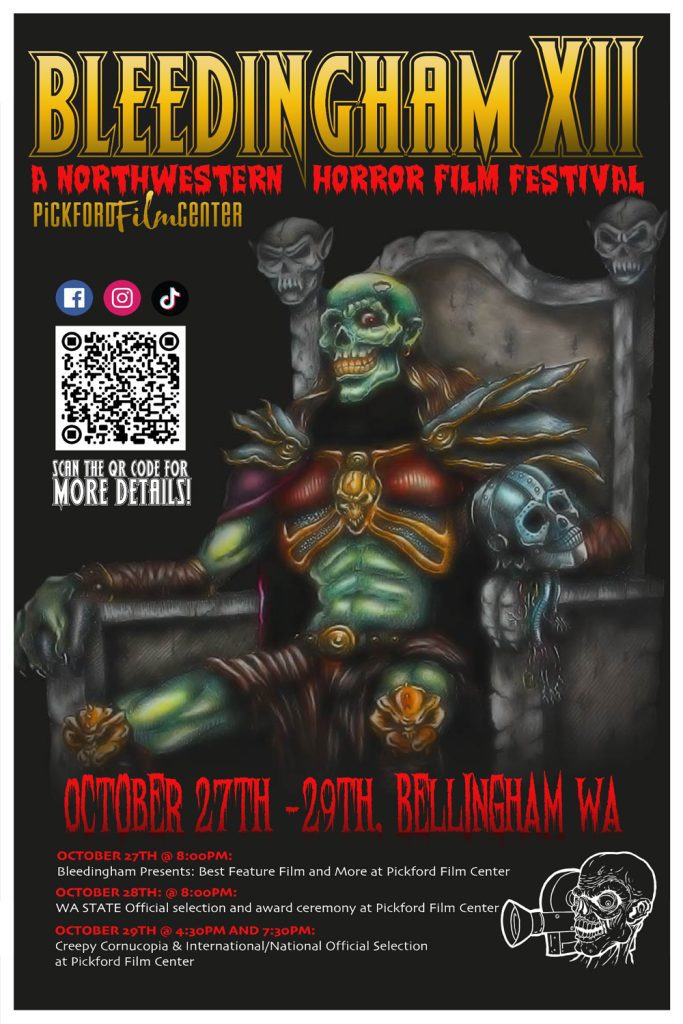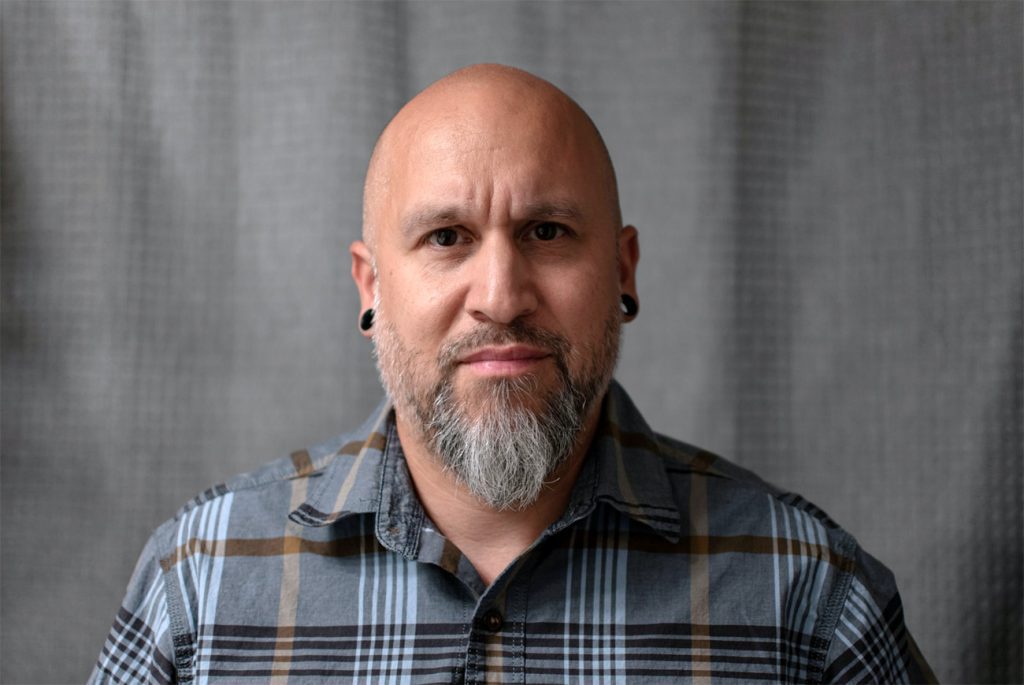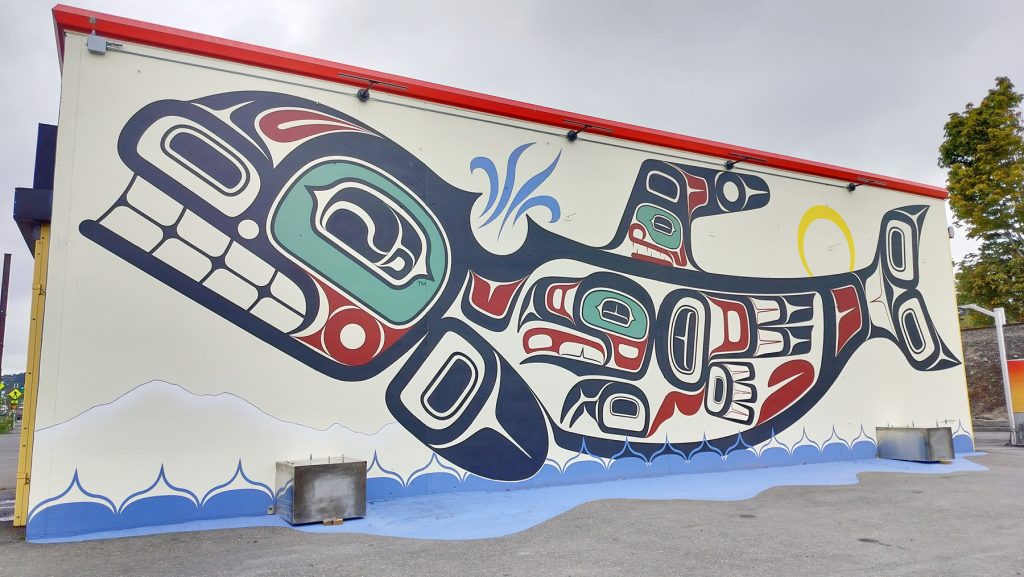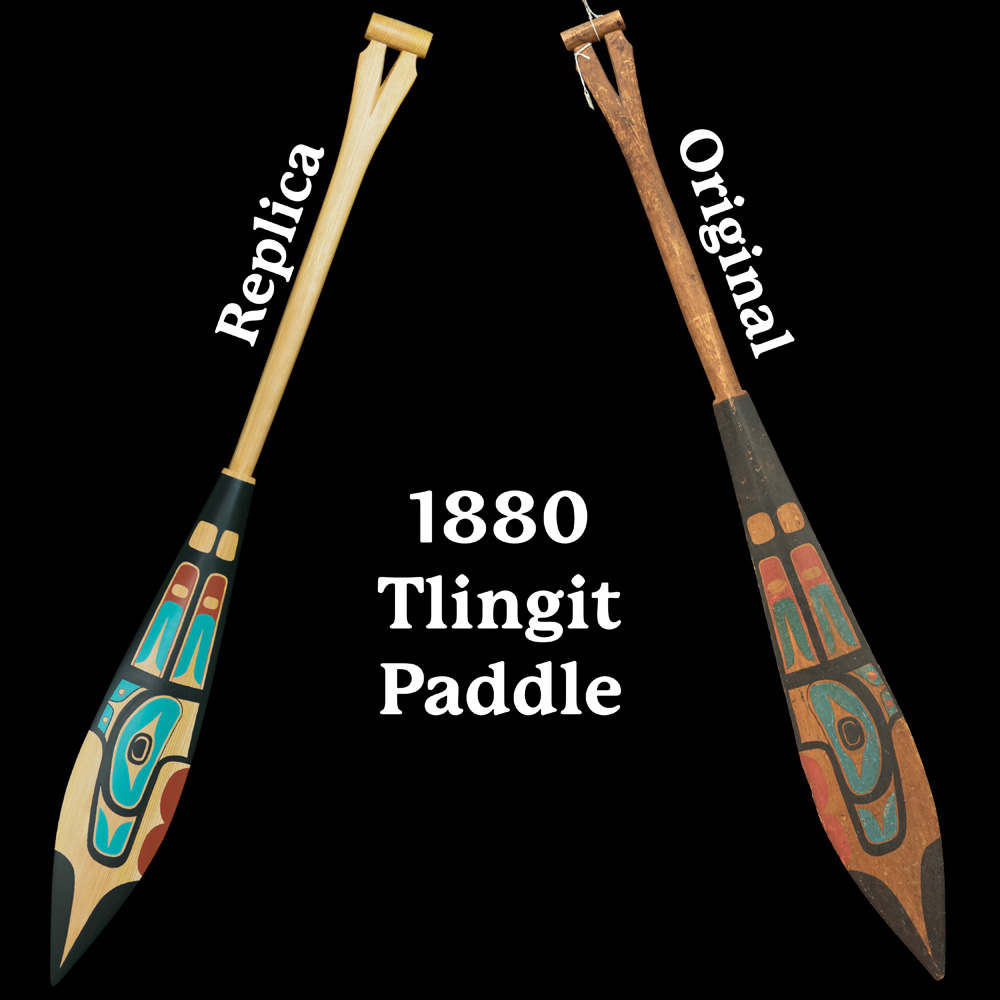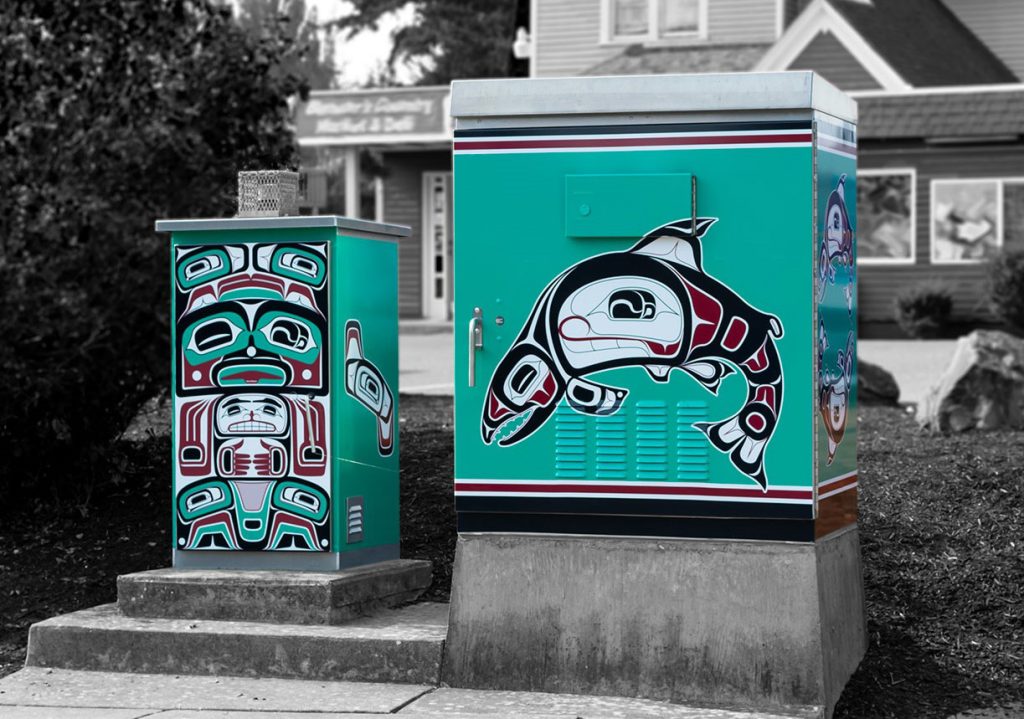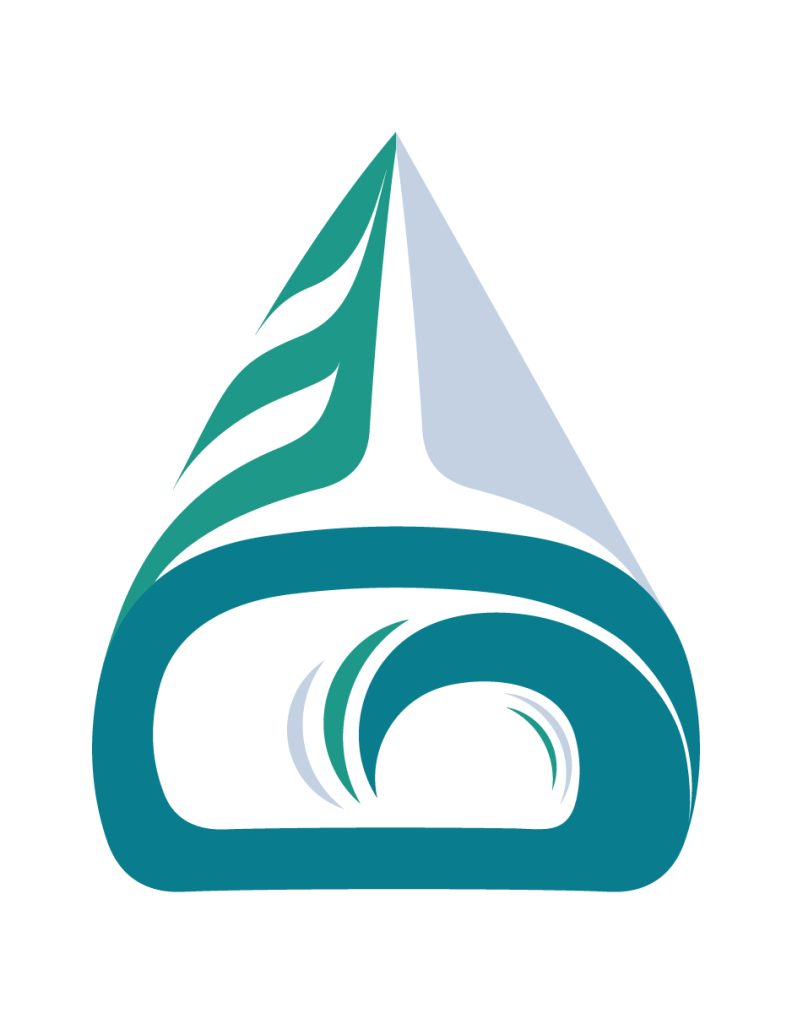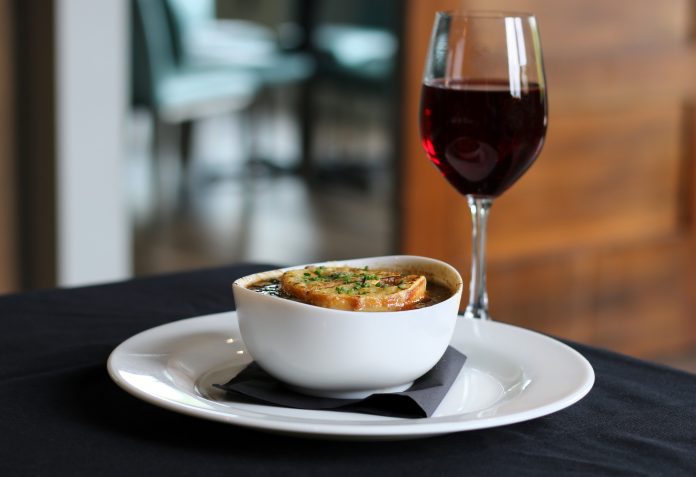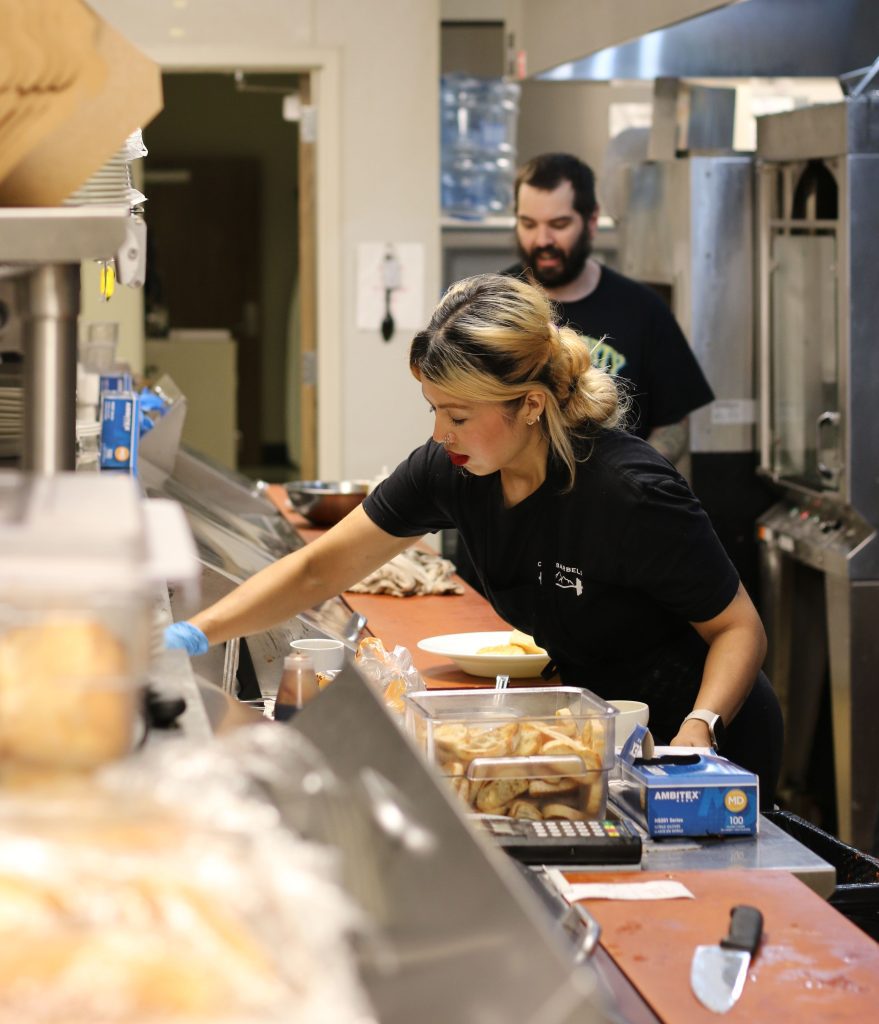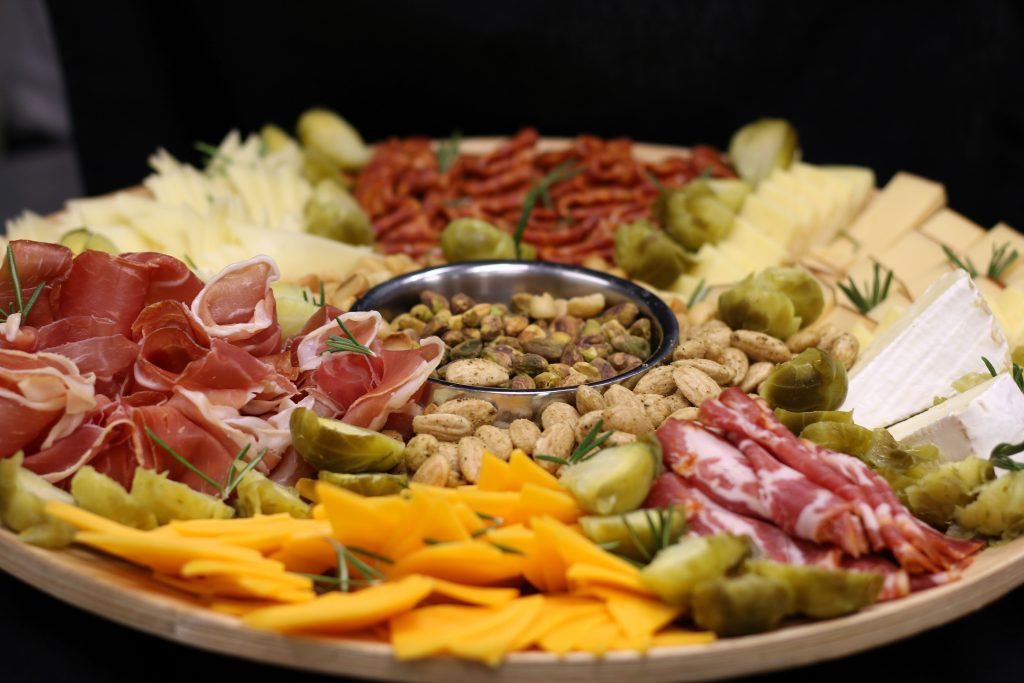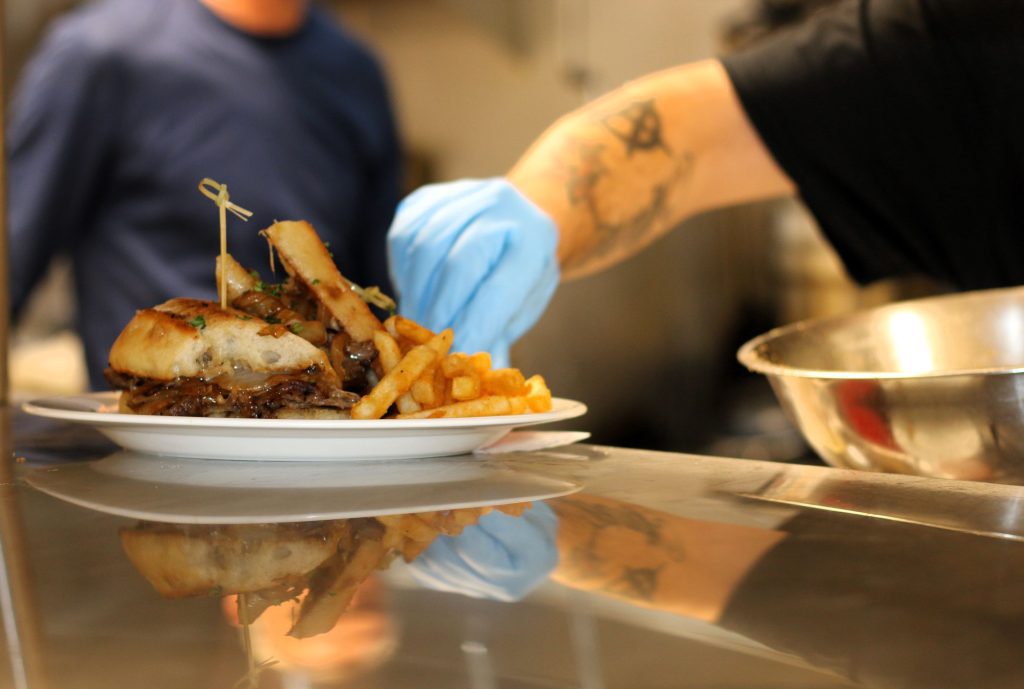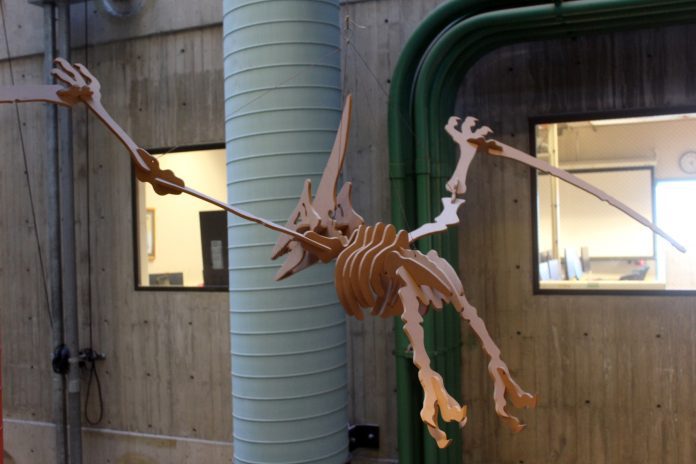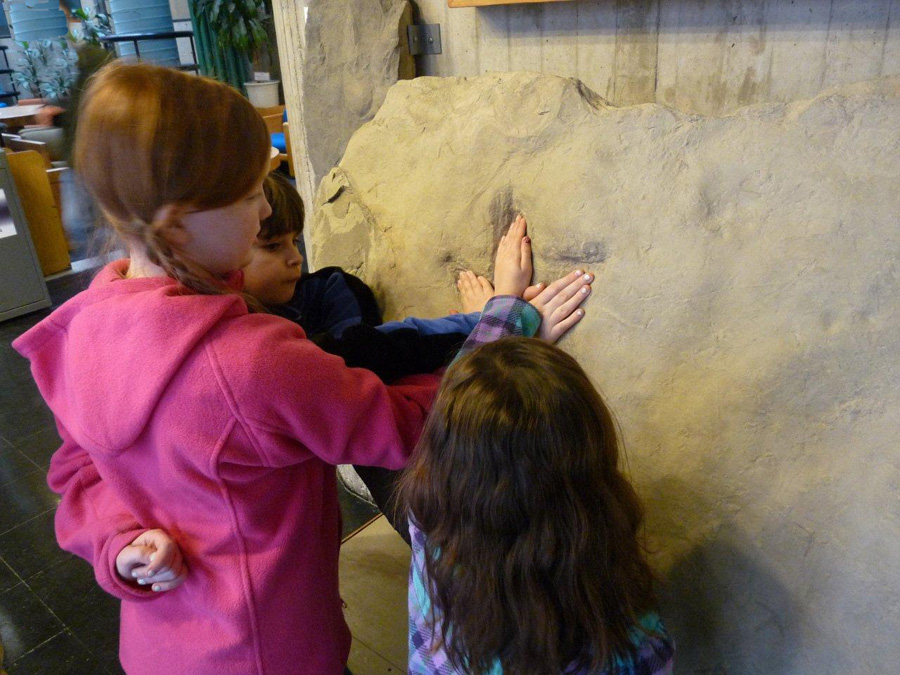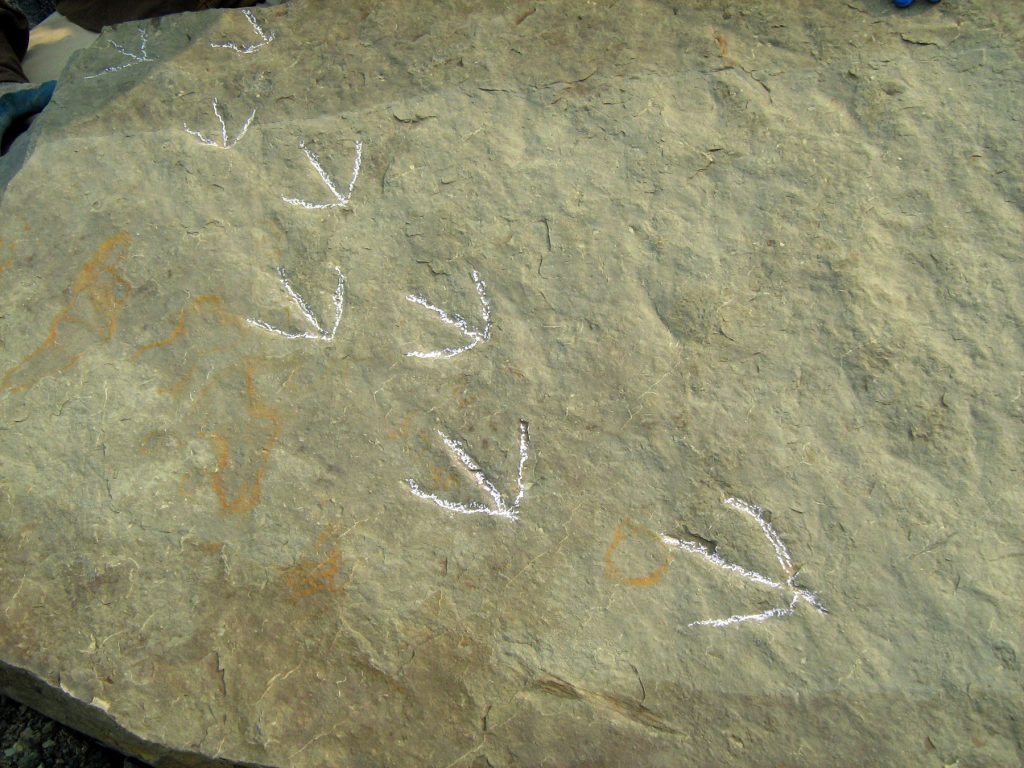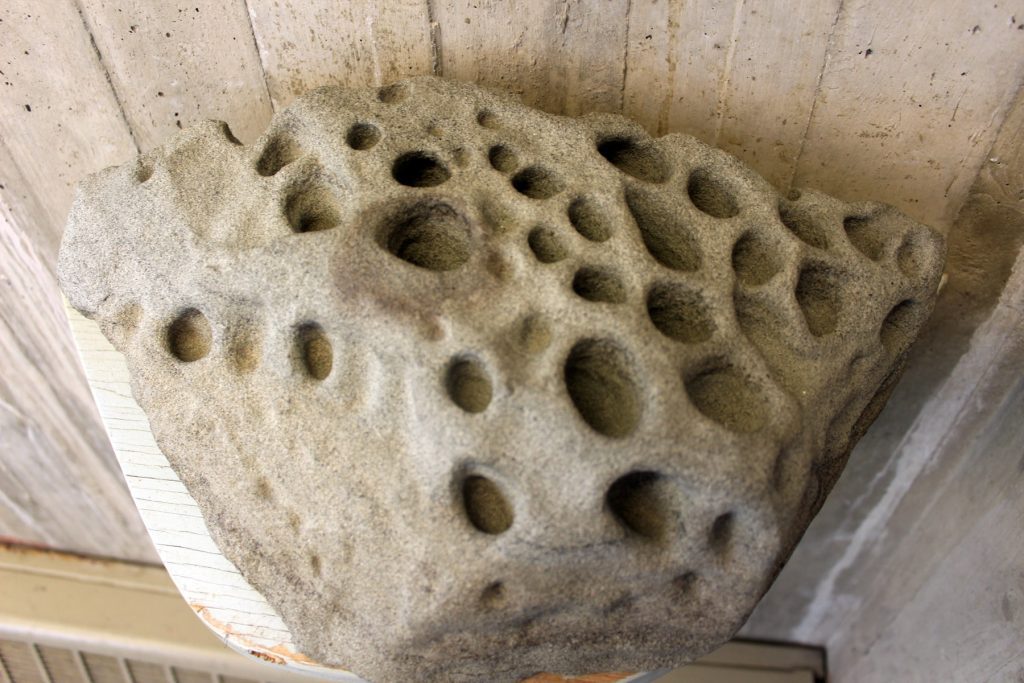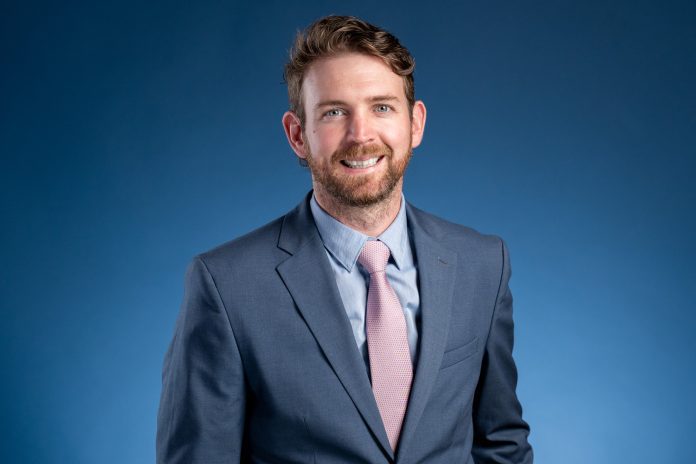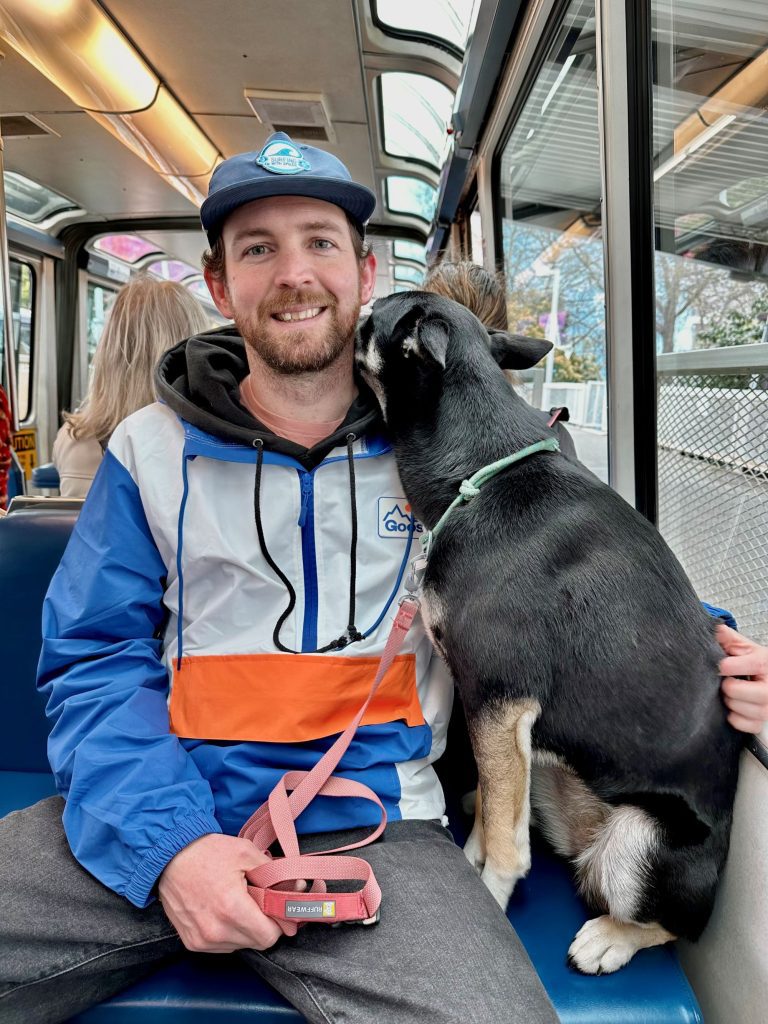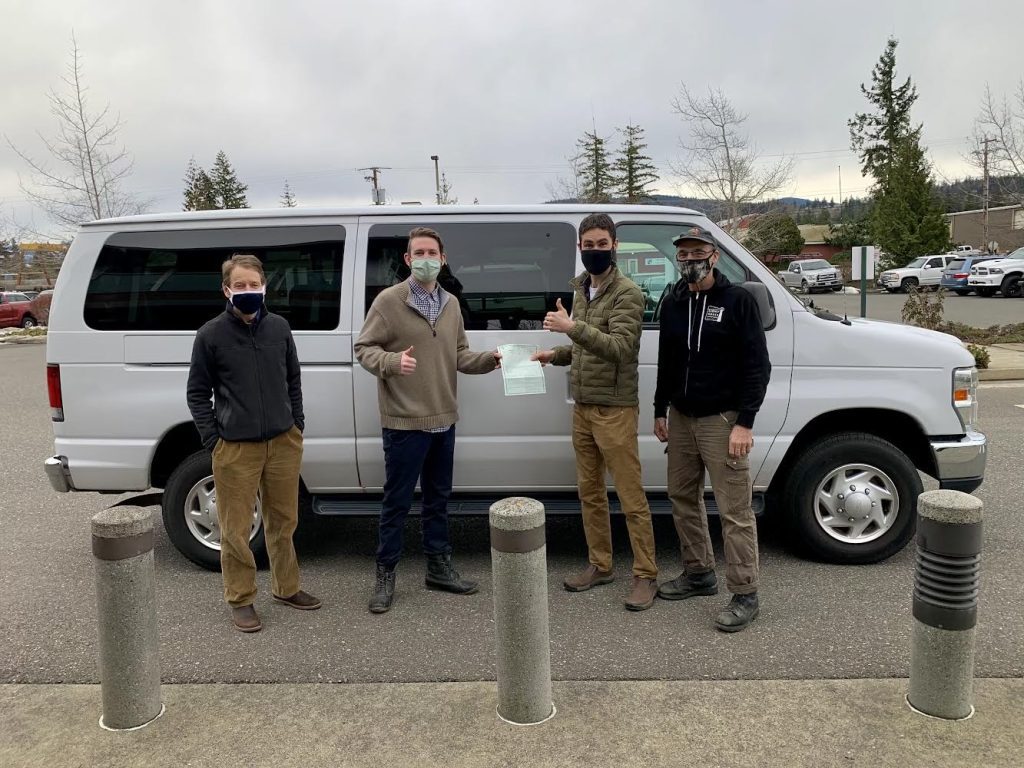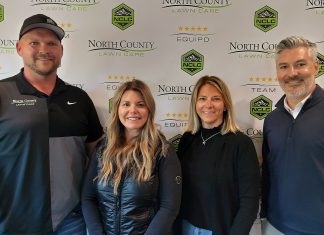Submitted by Peoples Bank
Peoples Bank has awarded the Bellingham Central Lions Club a $25,000 Peoples Bank Impact Grant to be used by the organization’s Haskell Lions Eye Clinic for the purchase of an optical coherence tomography (OCT) machine. In operation for 12 years, the all-volunteer clinic provides free eye examinations and glasses for qualified low-income and homeless people in the community.
Optical coherence tomography is a non-invasive imaging test that helps with the diagnosis of a number of eye conditions including glaucoma, macular degeneration, diabetic eye disease, macular holes, central retinal edema (fluid retention), vitreous fiber traction on the retina and other eye conditions.
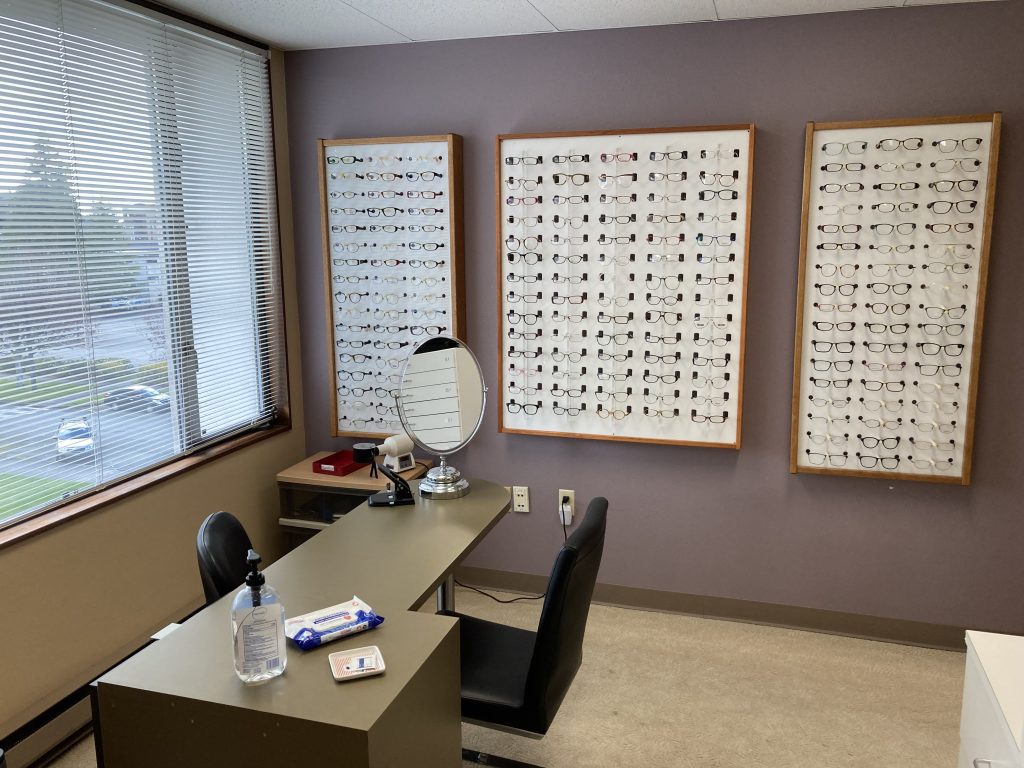
“Vision has been a focus on Lions Clubs internationally since the 1920s when Helen Keller challenged Lions to be Knights of the Blind,” said Debbie Costello, President of the Bellingham Central Lions Club. “We are so honored to receive the 2023 Peoples Bank Impact Grant, which through the purchase of an OCT machine, will enable us to continue to deliver the highest standard of care for the low income and homeless people in our community.”
Founded in Bellingham in 1923, the mission of the Bellingham Central Lions Club is to volunteer time and provide financial assistance to the disabled, underprivileged, elderly, and youth in local communities and internationally where appropriate, particularly related to sight and hearing in accordance with the mission of Lions Clubs International. Like Lions the world over, its causes include the eradication of preventable blindness and deafness. In addition to providing free vision and hearing services, the Club operates the Wheelchair Warehouse which loans out a variety of medical equipment to people in the greater Whatcom County region.
“We are thrilled to support the Bellingham Lions Club to make a meaningful difference in the lives of those in need in our community through their exceptional work at the Haskell Lions Eye Clinic,” said Lisa Hefter, President and Chief Operating Officer at Peoples Bank. “At Peoples Bank, we believe in the power of local organizations to drive positive change, and the Lions Club’s dedication to providing quality sight and hearing care aligns perfectly with our commitment to community well-being.”
Public Voting Opens for Additional $10,000 Grant
An additional grant of up to $10,000 will also be awarded to a nonprofit based on a public vote taking place between October 17 and November 1. More information about the nonprofits eligible for this award and voting instructions are available at www.peoplesbank-wa.com/peoples-choice.
- Animals as Natural Therapy (ANT): Animal trailer for mental health visits to local schools, assisted-care facilities, and hospice – Whatcom County
- Generations Early Learning & Family Center: Infant room to provide early childhood education program within a residential care facility – Whatcom County
- Immigrant Resources and Immediate Support (IRIS): Immediate assistance to immigrants facing temporary crisis – Whatcom County
- Ballyhoo Theatre: Free theatre performances for underserved populations – Snohomish County
- Homage Senior Services: Emergency food boxes for seniors – Snohomish County
- Children of the Valley: Transportation for elementary-age children to and from after-school programming – Skagit County
- Triumph Teen Life Center: Backpack and school supplies giveaway for low-income families – Skagit County
- Edible Hope Kitchen: Serving morning meals to local homeless and low-income workers – King County
- SPiN Café: Commercial kitchen addition for facility serving homeless and at-risk guests – Island County
- Chelan Douglas County Volunteer Attorney Services (CDCVAS): Free civil legal aid for those experiencing poverty – Chelan / Douglas County
About the Peoples Bank Impact Grant
The Peoples Impact Grant program was launched in 2017 to help fund a specific project, use, or identified purpose that will have a long-lasting, positive impact on the community. Past winners of the Peoples Bank Impact Grant include the Anacortes Family Center, Teachers of Color Foundation, Northwest Youth Services, Domestic Violence and Sexual Assault Services (DVSAS) of Whatcom County, and Skagit Habitat for Humanity.
Operating since 1921, Peoples Bank is known for its dedication to service – supporting local customers, local businesses, and the economic growth of the regions surrounded by each branch. Each year, Peoples Bank donates hundreds of thousands of dollars to local and regional nonprofit organizations providing valuable services in the arts, child and family services, education, health and social services, and civics. For more information about Peoples Bank community giving, please visit www.peoplesbank-wa.com/giving.
About Peoples Bank
Peoples Bank is a locally owned and operated, independent full-service community bank with $2.6 billion in assets. Headquartered in Bellingham, Washington, Peoples Bank has served the community for over 100 years and operates in 22 locations throughout Washington. Reflecting its strong financial management practices, dedicated employees, and long-standing customer relationships, Peoples Bank was awarded a superior five-star rating from Bauer Financial, a leading independent bank rating firm. Learn more about Peoples Bank at www.peoplesbank-wa.com. Member FDIC.
Featured photo courtesy Peoples Bank

